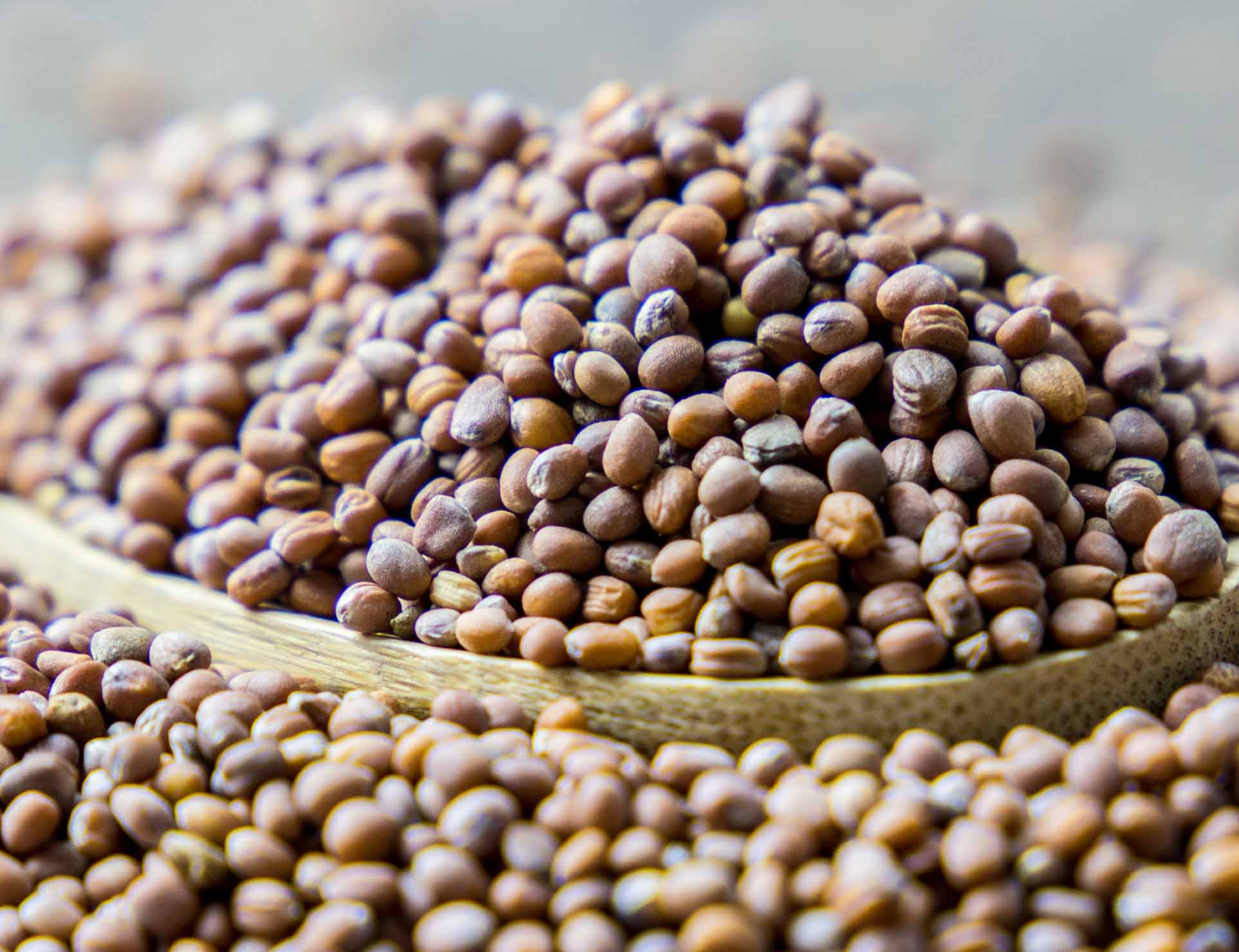Name: Radish seeds ( Radish , Radishes, radish plant – raphanus sativus )
Botanical name: Raphanus raphanistrum subsp. Sativus seeds
Family: Brassicaceae
Common names: Radish, radishes, بذور الفجل, red radish, white radish, raphanus sativus, raphanus
What is Radish (radish plant – raphanus sativus)?
Radish (radish plant) is a kind of vegetable that has an edible root. It belongs to the genus of Brassicaceae. In pre-Roman times its native region was Europe and then spread all over the world. Mostly, radish is used raw.
There are many kinds of radishes (radish plant) and each of them has a special size, flavor, color, and duration of growth.
Radish contains many chemical components such as myrosinase, glucosinolate, and isothiocyanate. These elements grant radish a unique sharp flavor.
What are the climate conditions of radish cultivation?
Crop of radish (radish plant) is cultivated throughout the year in cold season.
In humid conditions, radish seed grows fastly through 3 to 4 days in soil with temperatures of 18 and 29 °C.
We can get roots of the best quality in moderate conditions with air temperatures of 10 to 18 °C.
Maturity of radish seed takes about 3 to 4 weeks in average conditions and about 6 to 7 weeks in cold conditions.
In full sun and light, radish grows well with a soil of pH 6.5 to 7.0.
A clay soil is better for radish cultivation in late season.
Radish (radish plant) does not grow in dry weather or dry soil.
It’s preferable to cultivate radish in autumn in the warm conditions.
To extend the harvesting periods of radish we can repeat planting the seeds after a week or two weeks.
The root size of radish depends on the depth of cultivating seeds. The depth of 1 cm produces small radishes. And depth of 4 cm produces large radishes.
Throughout the period of growth, radish needs only irrigation and weeding
Radish (Radish seeds, Radishes, radish plant – raphanus sativus) Nutrition Facts:
Radishes belong to the genus of Brassicaceae as mustard and cabbage. And radish roots are similar to kale, broccoli, cauliflower and horseradish.
Radishes belong to the genus of Brassicaceae as mustard and cabbage. Radish roots are similar to kale, broccoli, cauliflower and horseradish.
116 grams of radishes (whether raw or sliced) containing:
Calories 19
Carbohydrates 4 gr
Protein 0.8 gr
Fat 0.1 gr
Fiber 1.9 gr
Vitamin C (29% DV) 17.2 m/gr
Potassium (8% DV) 270 m/gr
Folate (7% DV) 29 m/gr
Vitamin B6 (4% DV) 0.1 m/gr
Manganese (4% DV) 0.1 m/gr.
What are the healthy benefits of radish (Radish seeds, Radishes, radish plant – raphanus sativus) ?
- Radish (Radish seeds, Radishes, radish plant – raphanus sativus) helps to protect the body from osteoarthritis where it is distinguished with a rich content of vitamin C. This important element works to provide collagen for the body which can strengthen the cartilage formation in the human body.
- Radish (Radish seeds, Radishes, radish plant) helps to lose and balance weight due to its high-fiber content. It can control the movements of the bowel and treat constipation. It also has a great ability to reduce cholesterol in blood through limiting the low- density lipoproteins.
- Radish (Radish seeds, Radishes, radish plant) can protect the health of the heart because of its content of the nutritional component of anthocyanins.
- Radish (Radish seeds, Radishes, radish plant – raphanus sativus) is useful to treat the skin disorders and keep it healthy due to its content of nutritional components such as vitamins B, vitamin C, Zinc, and Phosphorus. Also radish includes some antibacterial properties which have a great effective in the treatment of dried and cracked skin. It also can fight against infections and provide adequate water for the skin.
What are the uses of Radish for Ancient Egyptians?
- Ancient Egyptians used radishes a lot. They used its oil as a treatment for gallstones.
- Ancient Egyptians used radishes to protect from the disease of Alplagra (Scorpio).
- Archaeologists have found two plants of radish at a cemetery of Cahun (2000-1790) BC.
- Herodotus said that the builders of the Great Pyramid in Giza were eating radishes (Radish, Radish seeds, radish plant).
More related articles:
Arugula seeds
Dill seeds
Spinach seed
Portulaca Oleracea seeds


